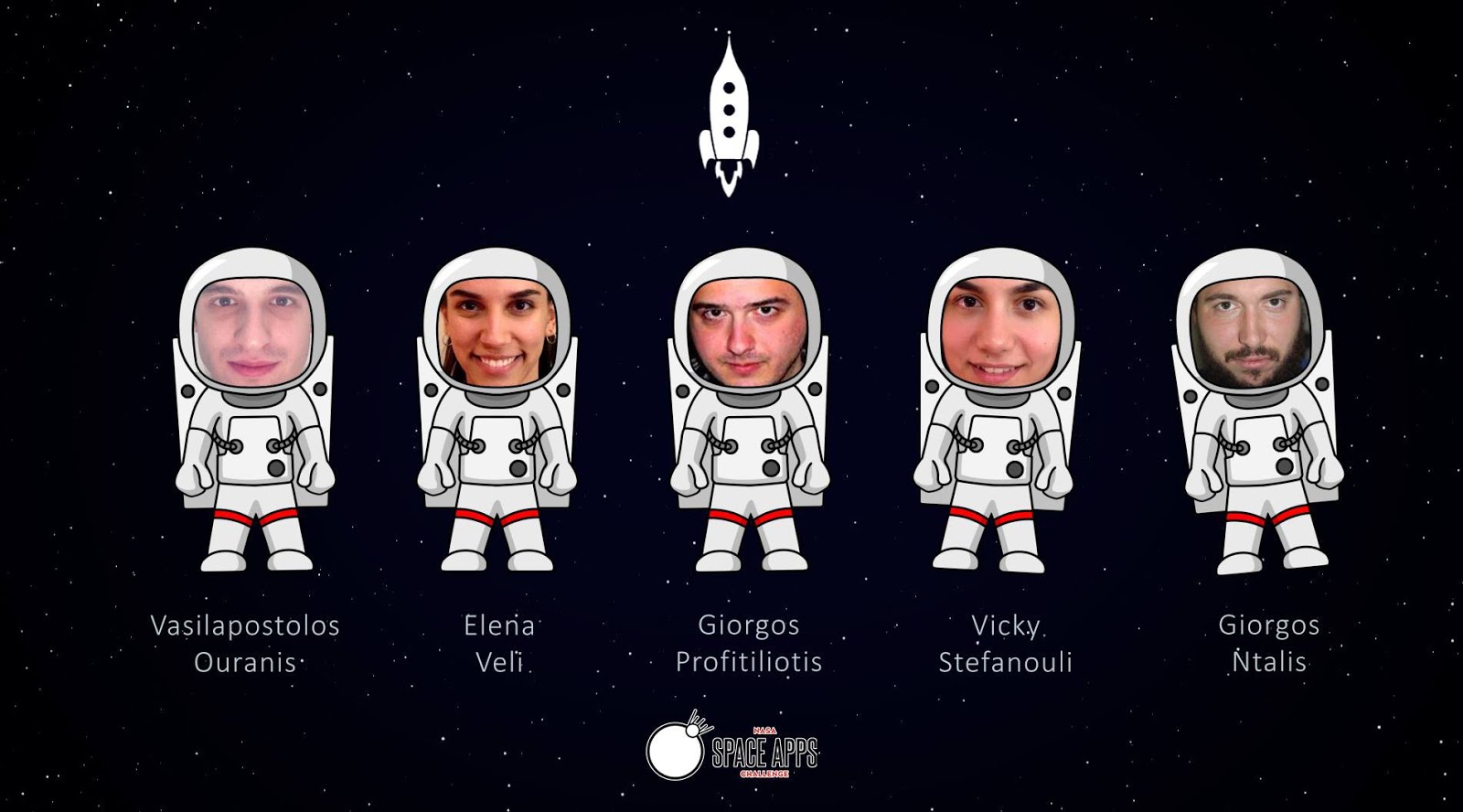Description
- Weightlessness / microgravity physiological problems
Aboard the International Space Station astronauts experience a micro-gravity environment or weightlessness; that is to say that the weight of humans and objects appears to be absent, thanks to the absence of stress and strain normally resulting from externally applied mechanical contact-forces. This weightlessness has adverse effects on the human neural system, cardiovascular system, and musculoskeletal system. Firstly, regarding the neural system, two major problems arise, mainly because of the absence of the Ground reaction force: a confusion of the vestibular system, and a possible deterioration of the neural model of posture and locomotion. Secondly, the main cardiovascular problem that arises, because of a fluid redistribution to the upper body, is an inability to maintain blood pressure towards the lower extremeties. Thus, orthostatic intolerance and hypotension occur upon return to Earth. Last but not least, as a result of the absence of mechanical stresses on muscles and bones, skeletal muscles weaken, bone tissue deteriorates, and the astronaut's spine elongates.
To solve this challenge we decided to apply Biomimicry and we searched for inspiration in Nature. We found that the "exoskeleton of insects adjusts to strain and load by changing thickness, stiffness, and fiber orientation". Moreover, the exoskeleton of insects has three main functions: "Maintain physical integrity; Manage structural forces; Compression". The biomimetic design we came up with is the Space Gravity Suit. The Space Gravity Suit exerts mechanical loads on the astronaut's body, through the structural tension of its fiber matrix, to partially replicate the gravitational stress that would be felt on Earth. We decided that smart adaptive composites could be used as the basic fiber material, since they embody sensor, processor, and effector functions; and they can self-regulate their structure using their effector function based on processed feedback received from their sensor function. Finally, we decided that the micro-geometry of the exoskeleton of insects could provide us with insight regarding the geometry and weave of the Space Gravity Suit. As a first thought, it seems reasonable for the Space Gravity Suit to be composed of two kinds of weave: a dense one, for the body parts; and a light one, in order to enable movement of the joints.
- The gain from this project
The "Space Gravity Suit" eliminates muscular and bone loss, while at the same time it maintains the positive pressure on the lower body and prevents orthostatic intolerance. Furthermore, Space Gravity Suit maintains the neural model of the ground reaction force and also prevents gait abnormalitis and spine elongation: 1) eliminates back pain 2) eliminates fitting problems with the astronaut's EVA suit. Last but not least, it minimizes exercising time which is of vital importance for astronauts' body shape maintanance and psychology during their space dailylife.
- Strategy and Future Plans
In order to create a sustainable project, we thought about our future plans and strategy we will follow. First of all, we will make the selection of a suitable insect specie to imitate. Moreover we will explore the possibility of embedding electroactive polymers to exert force on the astronaut’s back, during sleep giving solution to a critical problem, and also we will investigate the potential of embedding a range of biomedical sensors for body monitoring. In the commercialization level, now, the Space Gravity Suit will provide future Space Tourists with a time-saving alternative to maintain good physical condition and there is also the possibility that this project will Spin-outs to tackle muscle atrophies and osteoporosis on Earth.

